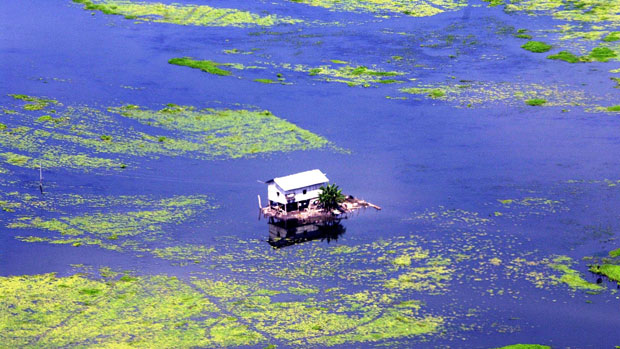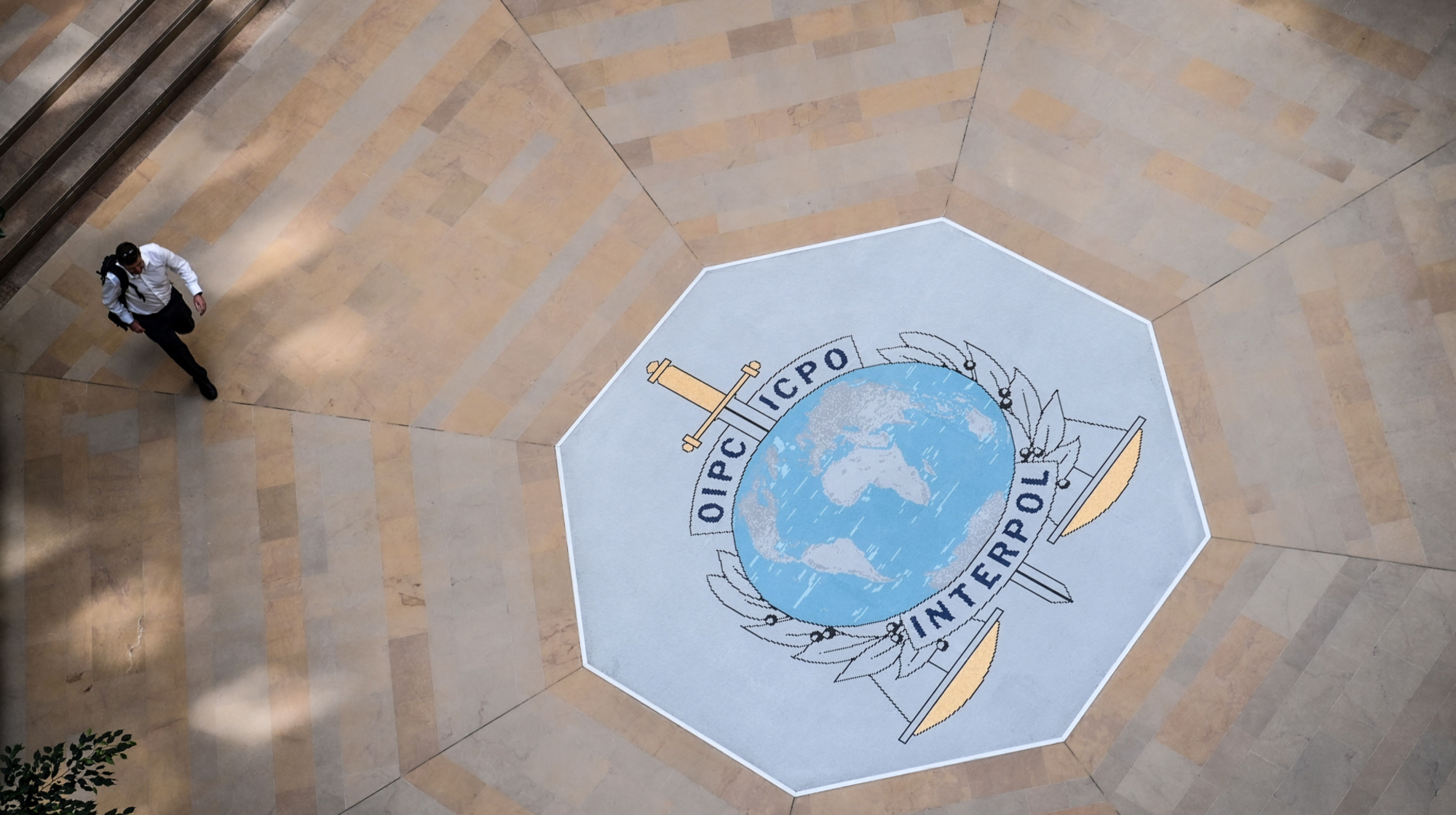El Nino: what is it and why might this year's be the 'worst ever'?
The complex El Nino phenomenon will potentially bring a harsher winter in Europe

Meteorologists are predicting that this year's El Nino event might be the most significant on record and is likely to lead to extreme weather events around the world.
The World Meteorological Organisation (WMO) says El Nino, which is already underway, is strengthening and will peak by the end of this year – potentially causing a colder winter in Europe.
The strongest El Nino on record was in 1997-8 and scientists say sea temperatures in parts of the Pacific are now at levels not seen since the late 1990s.
The Week
Escape your echo chamber. Get the facts behind the news, plus analysis from multiple perspectives.

Sign up for The Week's Free Newsletters
From our morning news briefing to a weekly Good News Newsletter, get the best of The Week delivered directly to your inbox.
From our morning news briefing to a weekly Good News Newsletter, get the best of The Week delivered directly to your inbox.
So what is El Nino and what causes it?
El Nino occurs when temperatures in the Pacific Ocean rise due to a change in the normal wind direction, which causes extreme weather patterns across the world. While it is a naturally occurring event, scientists believe that greenhouse gases and subsequent global warming are intensifying its effects, as the number of El Nino events has increased noticeably in the last few decades. The phenomenon typically lasts up to a year and is part of a complex cycle involving the ocean and the atmosphere which occurs every two to seven years. This year, meteorologists say the surface water temperatures in the east-central tropical Pacific Ocean are likely to exceed 2C above average, "potentially placing this El Nino event among the four strongest events since 1950".
What effect does it have?
El Nino is never exactly the same twice, but it does make certain weather patterns more likely. Australia, Indonesia, and the Philippines typically experience much drier conditions than normal, with droughts, poor harvest and forest fires possible. Monsoons that bring much needed rain to parts of India can become weaker.
A free daily email with the biggest news stories of the day – and the best features from TheWeek.com
In South America, Peru and Ecuador see much heavier rains between January and May, and commercial fishing is often severely affected. "The Peruvian fish industry can be devastated as the change in coastal wind direction prevents nutrient rich water rising leading to huge losses," the Met Office's Adam Scaife told the Daily Mirror.
The United States normally experiences fewer hurricanes but wetter weather becomes more likely in the south during autumn and winter. The warm Pacific air often causes more intense typhoons in Japan and South Korea. "There is also some evidence that El Nino can encourage colder weather in Europe," says BBC meteorologist Chris Fawkes. "It was partly to blame for the very severe winter of 2009, the UK's coldest for decades."
In 1876, the extreme weather caused by El Nino led to the most deadly global famine of the 19th Century. "The combination of extreme droughts and monsoons led to millions of deaths under hellish conditions," wrote historian Cormac O Grada in his 2010 book Famine: A Short History.
-
 Political cartoons for December 20
Political cartoons for December 20Cartoons Saturday’s political cartoons include drowning rats, the ACA, and more
-
 5 fairly vain cartoons about Vanity Fair’s interviews with Susie Wiles
5 fairly vain cartoons about Vanity Fair’s interviews with Susie WilesCartoon Artists take on demolition derby, alcoholic personality, and more
-
 Joanna Trollope: novelist who had a No. 1 bestseller with The Rector’s Wife
Joanna Trollope: novelist who had a No. 1 bestseller with The Rector’s WifeIn the Spotlight Trollope found fame with intelligent novels about the dramas and dilemmas of modern women
-
 How Bulgaria’s government fell amid mass protests
How Bulgaria’s government fell amid mass protestsThe Explainer The country’s prime minister resigned as part of the fallout
-
 Femicide: Italy’s newest crime
Femicide: Italy’s newest crimeThe Explainer Landmark law to criminalise murder of a woman as an ‘act of hatred’ or ‘subjugation’ but critics say Italy is still deeply patriarchal
-
 Brazil’s Bolsonaro behind bars after appeals run out
Brazil’s Bolsonaro behind bars after appeals run outSpeed Read He will serve 27 years in prison
-
 Americans traveling abroad face renewed criticism in the Trump era
Americans traveling abroad face renewed criticism in the Trump eraThe Explainer Some of Trump’s behavior has Americans being questioned
-
 Nigeria confused by Trump invasion threat
Nigeria confused by Trump invasion threatSpeed Read Trump has claimed the country is persecuting Christians
-
 Sanae Takaichi: Japan’s Iron Lady set to be the country’s first woman prime minister
Sanae Takaichi: Japan’s Iron Lady set to be the country’s first woman prime ministerIn the Spotlight Takaichi is a member of Japan’s conservative, nationalist Liberal Democratic Party
-
 Russia is ‘helping China’ prepare for an invasion of Taiwan
Russia is ‘helping China’ prepare for an invasion of TaiwanIn the Spotlight Russia is reportedly allowing China access to military training
-
 Interpol arrests hundreds in Africa-wide sextortion crackdown
Interpol arrests hundreds in Africa-wide sextortion crackdownIN THE SPOTLIGHT A series of stings disrupts major cybercrime operations as law enforcement estimates millions in losses from schemes designed to prey on lonely users